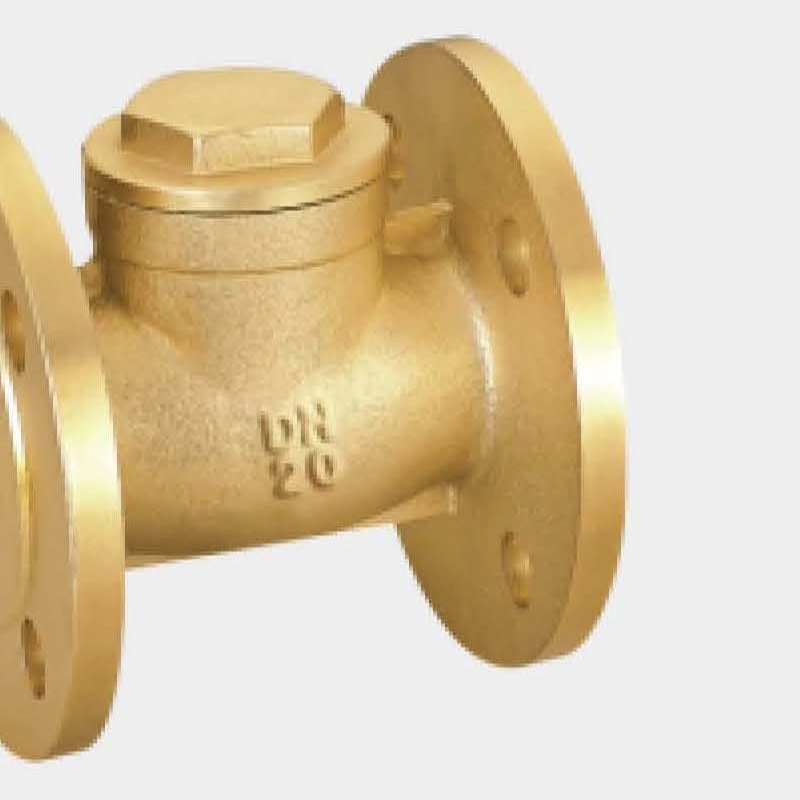When you are purchasing a Check Valve, you will definitely have difficulty in choosing the function, working principle and material of some Check Valve. The following article on Universal Valve is to make it easier for you to choose your own. Required Check Valve.

The Check Valve is a control component in the fluid delivery system. It has the functions of shutting off, regulating, diverting flow, preventing reverse flow, stabilizing pressure, diverting flow or overflow pressure relief. Check Valve used in fluid control systems range from the simplest stop valves to various Check Valve used in extremely complex automatic control systems, with a wide range of varieties and specifications. Check Valve can be used to control the flow of various types of fluids such as air, water, steam, various corrosive media, etc. Check Valve are also divided into cast iron Check Valve, cast steel Check Valve, stainless steel Check Valve, chromium molybdenum steel Check Valve, chromium molybdenum vanadium steel Check Valve, duplex steel Check Valve, and plastic Check Valve according to materials. , non-standard custom-made Check Valve materials.
1. Check Valve specifications and categories comply with the requirements of pipeline design documents:
① The working pressure of the Check Valve is required to be ≥ the working pressure of the pipeline. Without affecting the price, the working pressure that the Check Valve can withstand should be greater than the actual working pressure of the pipeline; either side of the Check Valve should be able to bear.
② Double the working pressure of the Check Valve without leakage; when the Check Valve is open, the valve body should be able to withstand twice the working pressure of the Check Valve.
2. Select the material of the Check Valve
① Check Valve material. Since the use of gray cast iron pipes is gradually not recommended, the valve body material should be mainly ductile iron, and the grade and actual physical and chemical testing data of the casting should be indicated.
② The
Valve Stem material should be stainless steel (2CR13). Large-diameter Check Valve should also be stainless steel embedded stems.
③The nut material is cast aluminum brass or cast aluminum bronze, and its hardness and strength are greater than the valve stem.
④The hardness and strength of the valve stem bushing material should be no greater than that of the valve stem, and it should not cause electrochemical corrosion with the valve stem and valve body when immersed in water.
⑤Material of sealing surface
There are different types of Check Valve, with different sealing methods and material requirements;
For ordinary wedge gate valves, the material, fixing method and grinding method of the copper ring should be explained;
Physical, chemical and hygienic testing data of soft-sealed gate valves and valve plate rubber lining materials;
Butterfly valves should indicate the material of the sealing surface of the valve body and the material of the sealing surface of the butterfly plate; their physical and chemical testing data, especially the hygienic requirements, anti-aging performance, and wear resistance of rubber; usually NBR and EPDM are used Rubber, etc., it is strictly prohibited to mix recycled rubber.
⑥Valve shaft packing
Since the Check Valve in the pipeline network usually open and close infrequently, the packing is required to be inactive for several years, the packing does not age, and the sealing effect is maintained for a long time;
The valve shaft packing should also have a good sealing effect when it withstands frequent opening and closing;
In view of the above requirements, the valve shaft packing strives not to be replaced for life or for more than ten years;
If the packing needs to be replaced, the design of the Check Valve should consider measures to enable replacement under water pressure.
3. Variable speed transmission box
①The box material and internal and external anti-corrosion requirements are consistent with the valve body principles.
② The box should be sealed and can withstand immersion in a water column of 3 meters after assembly.
③The adjusting nut of the opening and closing limit device on the box should be inside the box.
④ The transmission structure is reasonably designed. It can only drive the valve shaft to rotate when opening and closing, and does not allow it to move up and down. The transmission components are properly engaged and do not cause separation and slippage when opening and closing under load.



